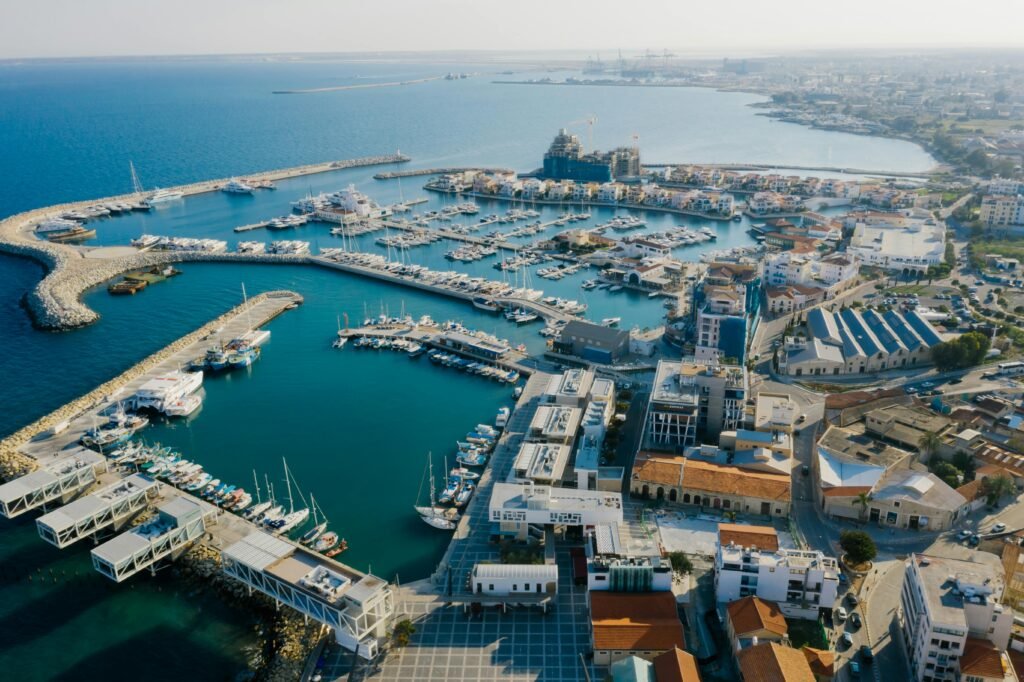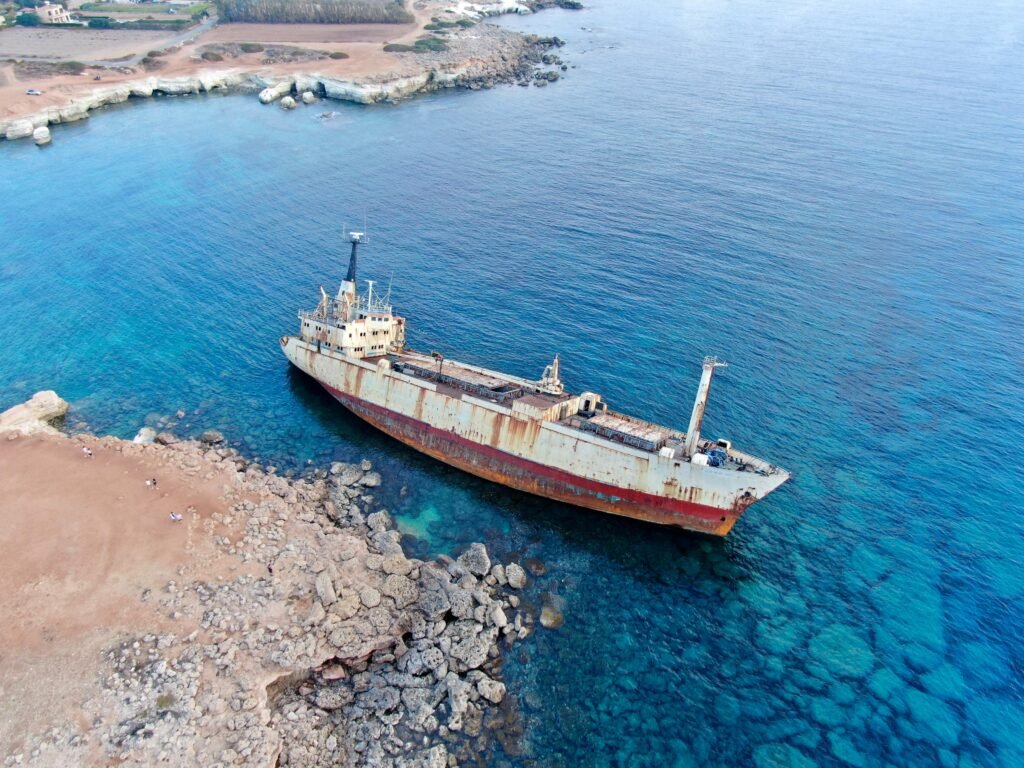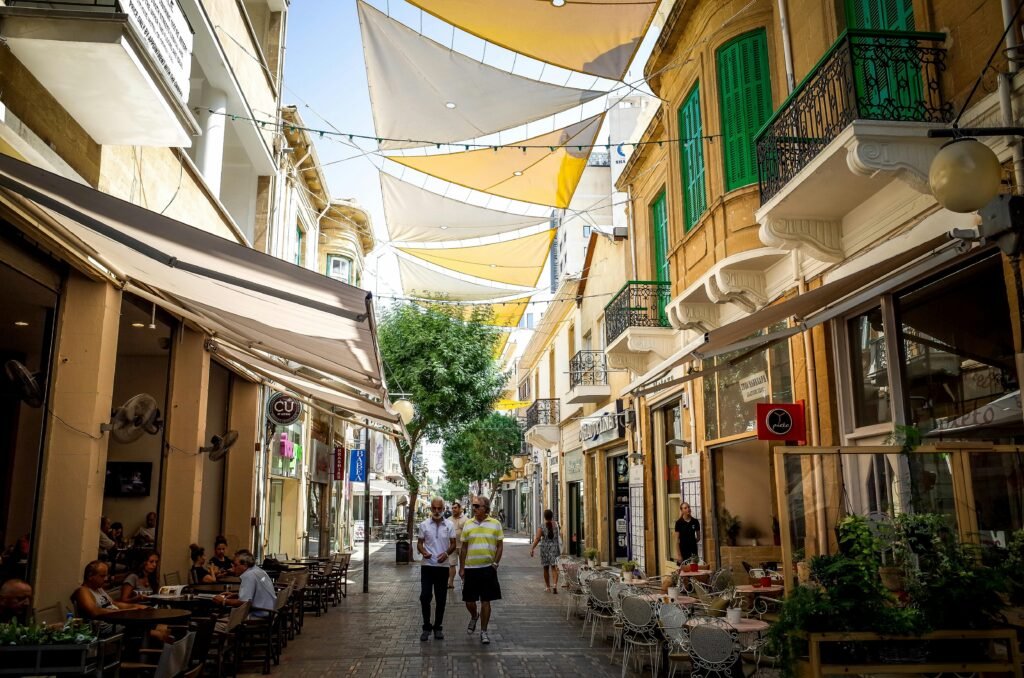Cyprus, an island nation in the eastern Mediterranean, is famous for its rich history, beautiful coastline, and strategic geopolitical location. But beneath the surface lies one of Europe’s most complex and long-standing political situations — the division of Cyprus into two entities: the internationally recognized Republic of Cyprus in the south and the self-declared Turkish Republic of Northern Cyprus in the north. This division is not just political but has profound implications for travel, diplomacy, citizenship, and business.
A Brief History of the Division: Two Cypruses
Cyprus gained independence from British rule in 1960, establishing the Republic of Cyprus as a bi-communal state shared between Greek Cypriots and Turkish Cypriots. However, tensions between the two communities had been simmering for decades.
In 1974, a coup d’état by Greek Cypriot nationalists, backed by the military junta in Greece, attempted to unite Cyprus with Greece. In response, Turkey invaded the northern part of the island, citing protection of the Turkish Cypriot minority. This military intervention led to the de facto division of the island. In 1983, the Turkish-held northern part declared itself the Turkish Republic of Northern Cyprus (TRNC), which to this day is only recognized by Turkey.
Meanwhile, the Republic of Cyprus, the southern part of the island, is recognized internationally as the legitimate government of all of Cyprus and is a member of the European Union since 2004.

What Does “Two Cypruses” Mean?
Today, when people refer to the “two Cypruses,” they are referring to:
| Region | Recognized As | Capital | Majority Population |
|---|---|---|---|
| Republic of Cyprus (South) | Internationally recognized government | Nicosia | Greek Cypriots |
| Turkish Republic of Northern Cyprus (North) | Recognized only by Turkey | North Nicosia | Turkish Cypriots |
The “Green Line,” a demilitarized buffer zone maintained by the United Nations, separates the two sides. It runs through the capital city, Nicosia, making it the last divided capital city in Europe.
Can You Travel Between the Two Cypruses?
Yes — since 2003, border crossings have become easier, especially for tourists and locals alike. Currently, there are several official crossing points where individuals can move between the north and south, provided they show proper identification.
Travel Facts:
- EU citizens and third-country nationals can typically cross without a visa.
- Passports or national ID cards are required at checkpoints.
- You cannot fly into Northern Cyprus from anywhere except Turkey.
- If you enter Cyprus via the north (Ercan Airport), the Republic of Cyprus considers this an illegal point of entry, though enforcement is rare for tourists.
This increased freedom of movement has allowed people to work, shop, and visit family across the border, although property disputes and legal uncertainties still create tension, especially regarding land ownership in the north.

Political and Economic Impact of the Division: Two Cypruses
For the Republic of Cyprus:
- Benefits from EU membership, including trade, investment, and legal protections.
- Hosts a major financial and tech hub, especially in Limassol and Nicosia.
- Has a strong tourism industry, especially from Europe and Israel.
For Northern Cyprus:
- Heavily reliant on financial aid and economic support from Turkey.
- Limited international recognition leads to restricted trade and investment.
- Tourism is growing, particularly among Turkish citizens and budget travelers.
Reunification Talks
Numerous attempts at reunifying the island have failed, including the Annan Plan in 2004, which was rejected by Greek Cypriots in a referendum, and more recent UN-backed negotiations.
The obstacles remain:
- Governance structure disagreements.
- Property and land restitution.
- Security guarantees and military presence.
- Cultural and historical grievances.

Business and Investment Realities
For entrepreneurs, understanding the two systems is crucial.
| Factor | Republic of Cyprus | Northern Cyprus |
|---|---|---|
| EU Membership | Yes | No |
| Currency | Euro (€) | Turkish Lira (₺) |
| Foreign Investment Laws | Transparent, EU-compliant | Restricted and less regulated |
| Real Estate Market | Booming, especially in Limassol | Controversial, with title issues |
| Tech & Startups | EU grants and skilled workforce | Limited ecosystem |
Cultural Coexistence
Despite the division, both sides of Two Cypruses share common cultural roots — music, cuisine, language elements, and family structures. In recent years, cultural events and bi-communal projects have tried to bridge the gap. Many Cypriots, both Greek and Turkish, hope for a future where a united Cyprus can thrive again.

Is There a Future for a Unified Cyprus?
The division of Cyprus remains one of the most entrenched political stalemates in Europe. However, the opening of borders and increased interaction between the two populations has slowly built trust.
While political reunification may not be imminent, practical coexistence continues to grow — in commerce, tourism, and daily life. Until then, the two Cypruses remain a powerful symbol of conflict, resilience, and the complexities of modern geopolitics.
Need a professional website to grow your business across the EU?
👉 Rakuzan Technology provides digital business solutions tailored for entrepreneurs — website development, optimization, and more.
And if you’re launching online, make sure your hosting is fast and reliable.
👉 Hostinger to get started quickly and affordably.
Disclaimer: This article is for informational purposes only and does not constitute financial, tax, or investment advice. Readers should consult with a licensed professional before making any financial or business decisions.





